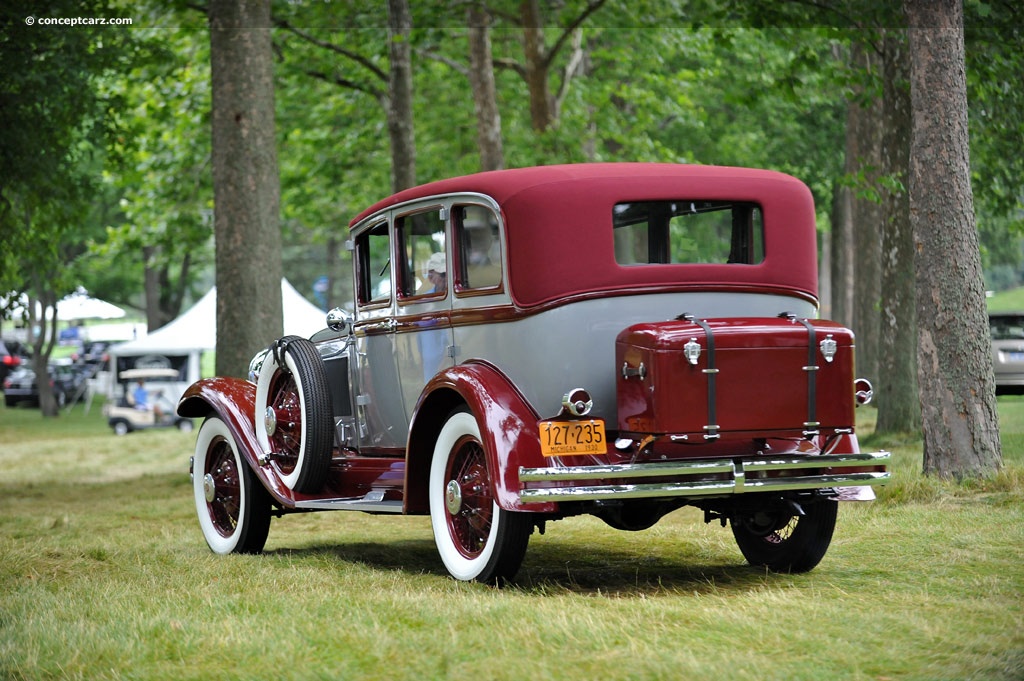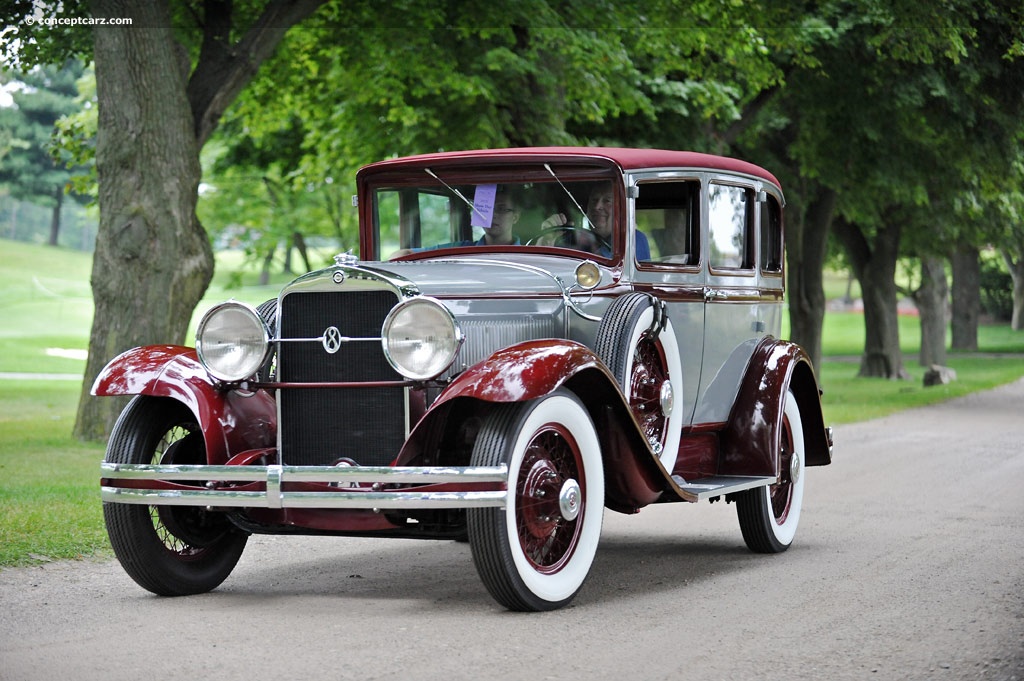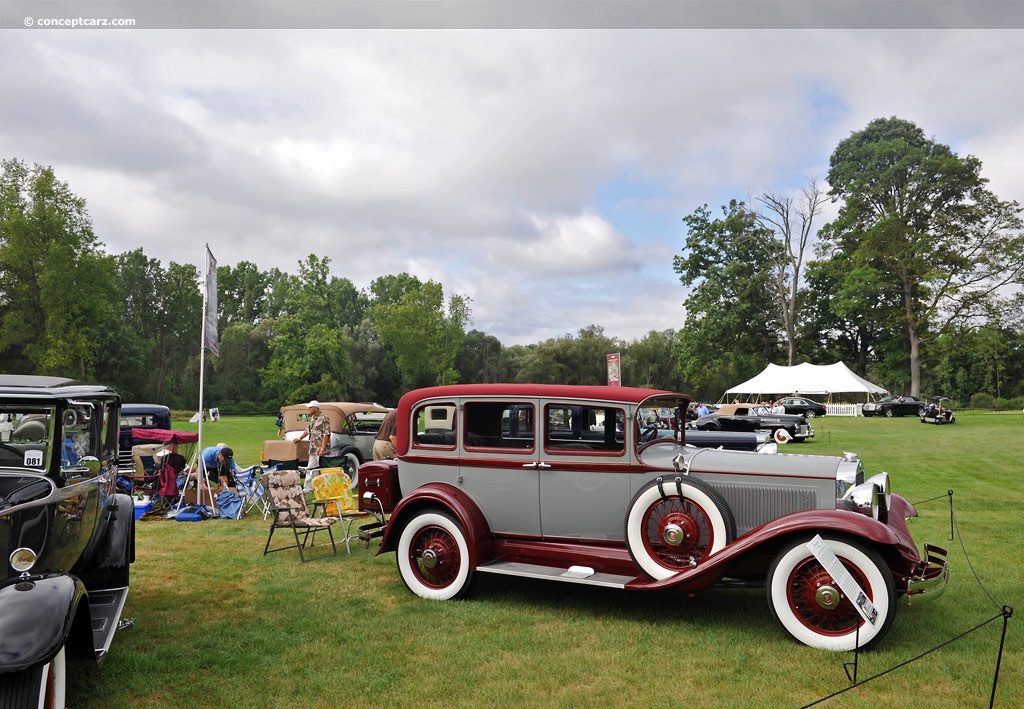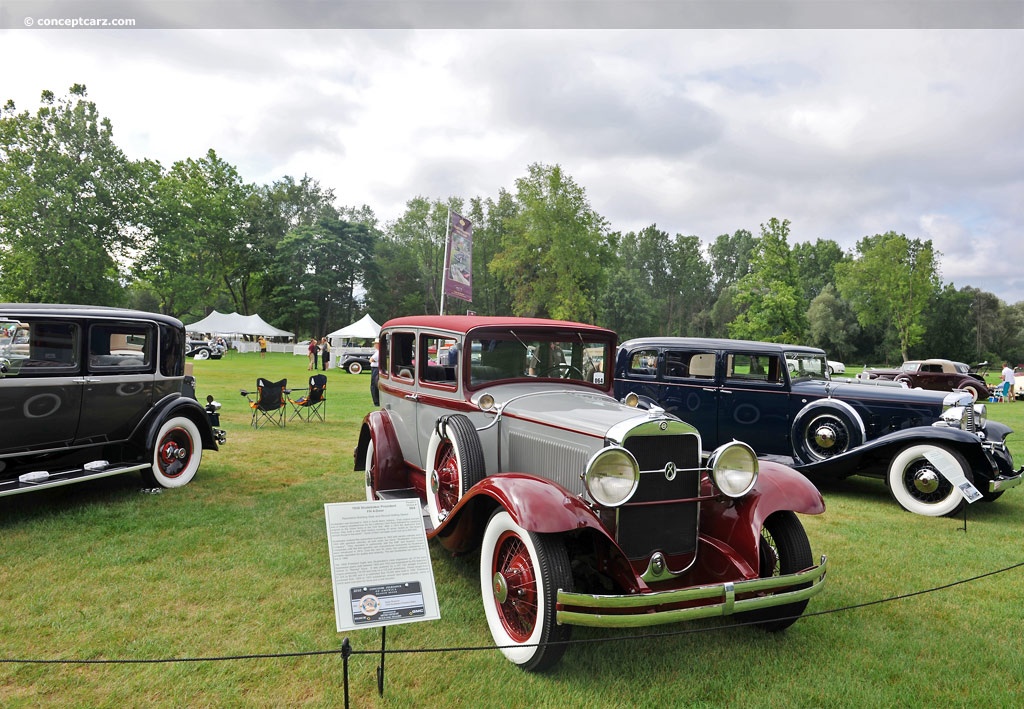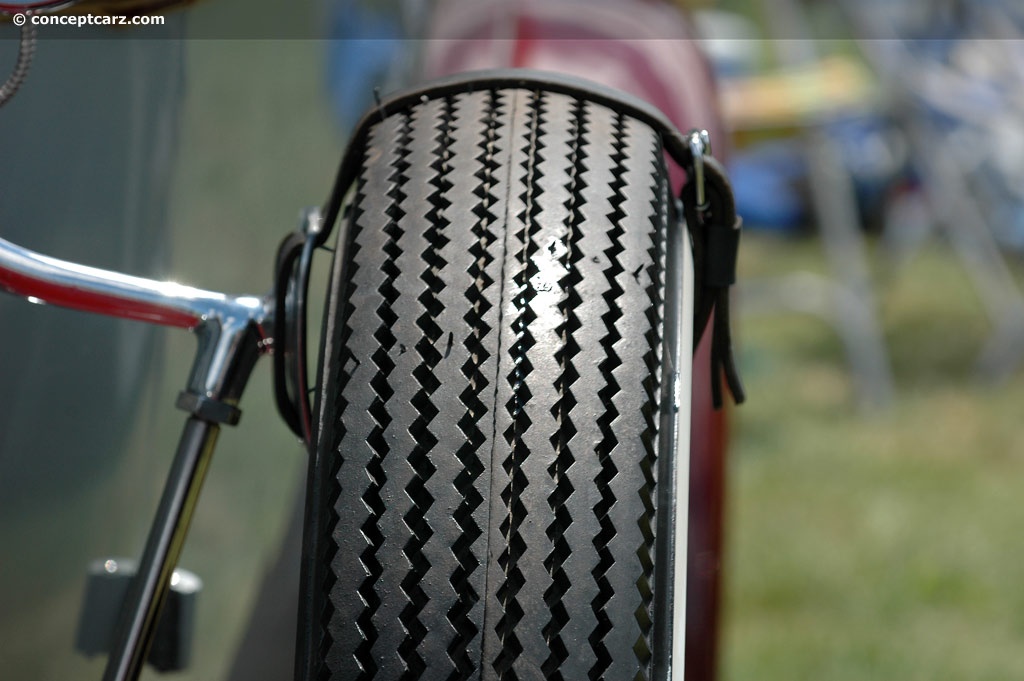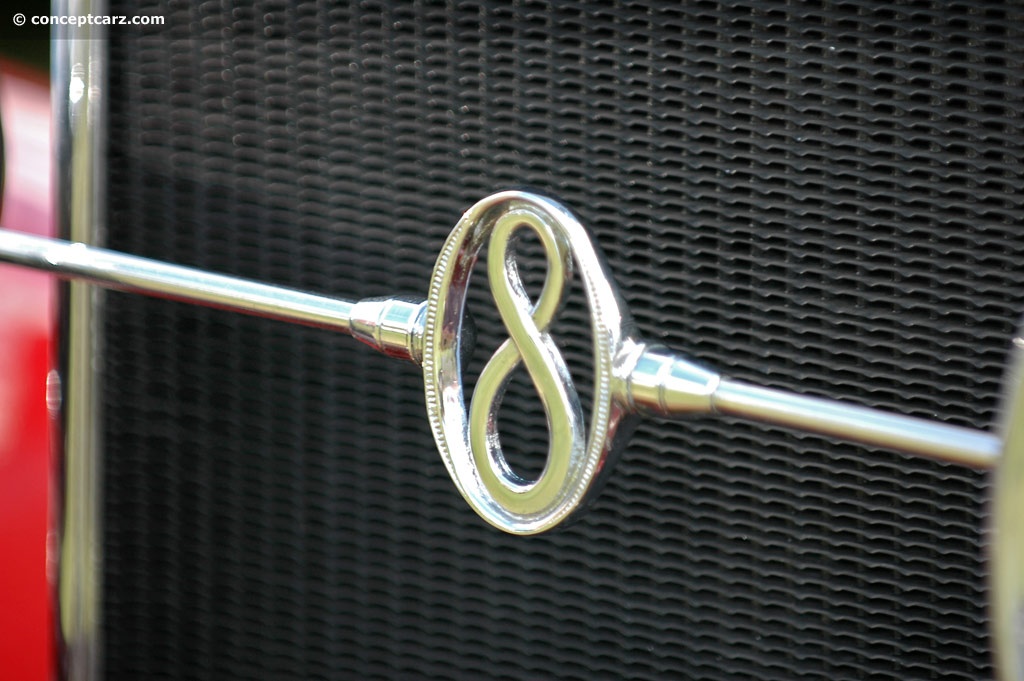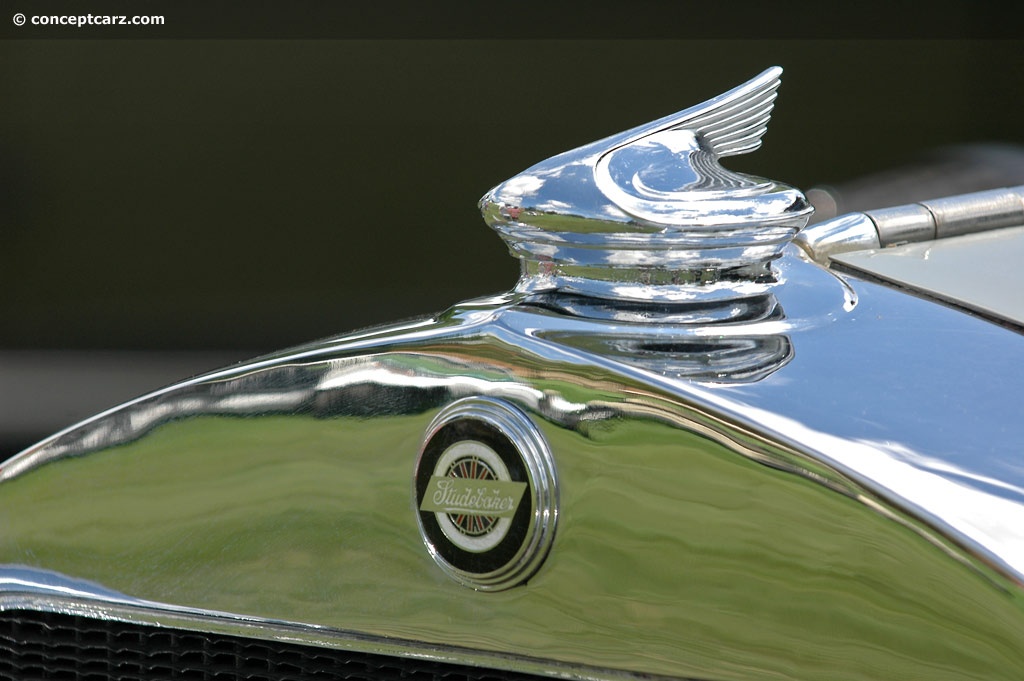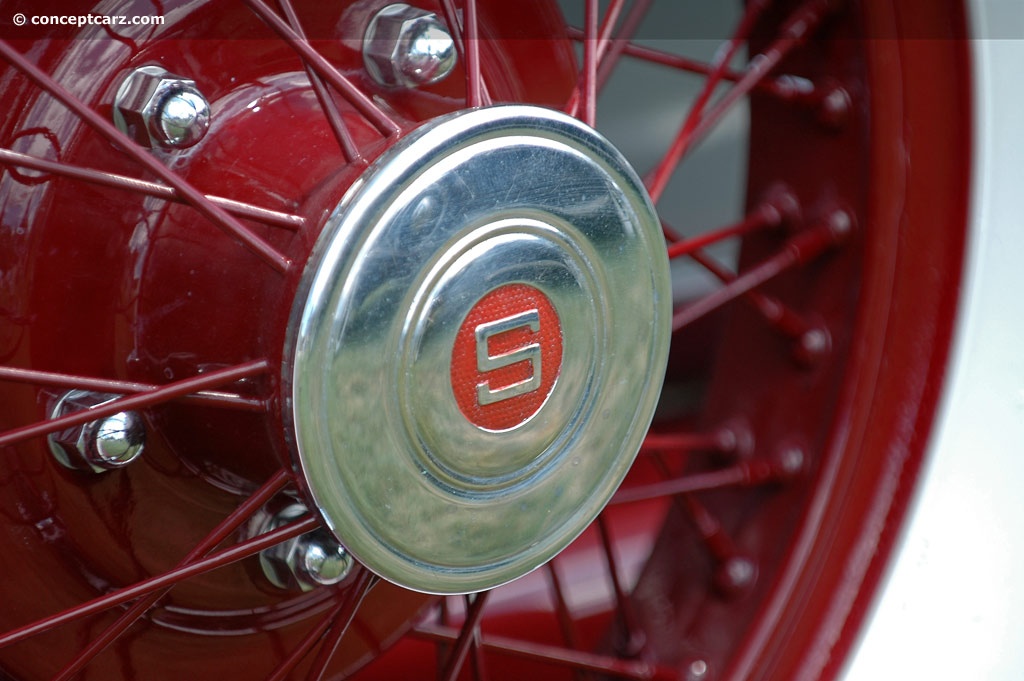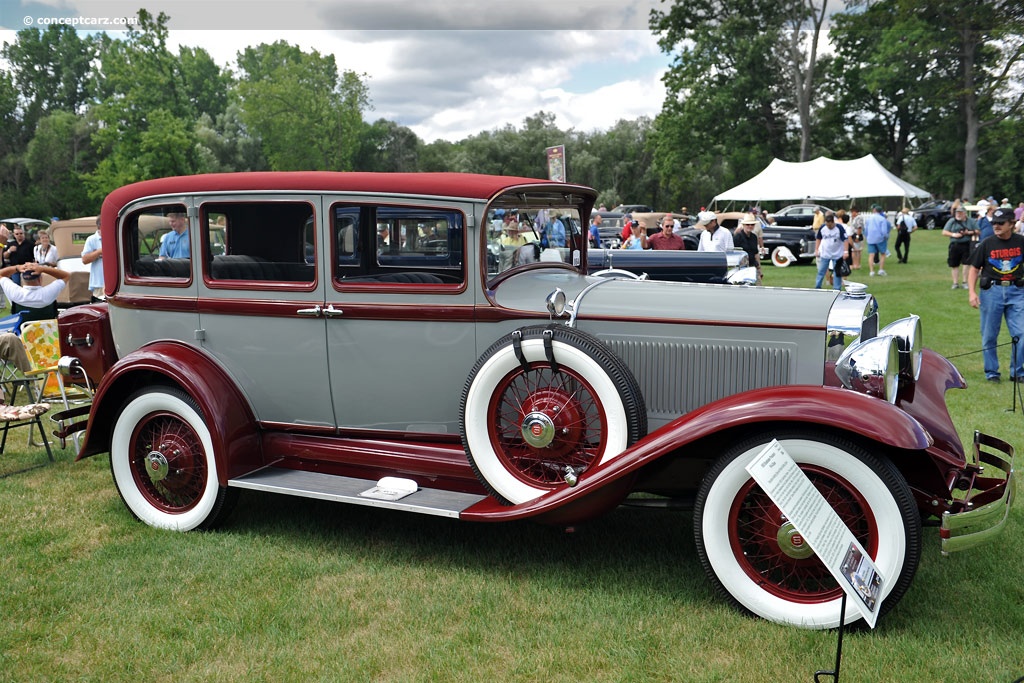The Studebaker Company was formed in 1852 as a wagon manufacturer and eventually changed to automotive production, making them one of the oldest names in the automobile industry. They were in the automotive business from 1902 through 1966, a total of 64 years. They produced electric-powered cars for the first two years and introduced gasoline power in 1904. During the 1920s, they produced vehicles in the mid-priced range and showed great promise during the late 1920s. In 1927 Studebaker moved up-market and into the luxury car segment with their President model line. The President was given a powerful eight-cylinder engine that was worthy of the elegant coachwork that it carried. The engine earned Studebaker a reputation in power, performance, and endurance. In 1931 a Studebaker President outfitted with a nine-bearing engine won the Pikes Peak hillclimb.
The Studebaker President stayed in production until 1942 and later reappeared in 1955 and discontinued again in 1958. The first Studebaker was built on July 23rd, 1926, and was given the internal named the ES. The goal of the President was to be the finest, most powerful, dependable, and most luxurious car on the American market. By establishing land speed records in the late 1920’s and early 1930’s, the President cemented its name in the performance department. The powerful nine-bearing eight-cylinder engine captured 114 records, 35 of which would stand for 35 years. The long bodies meant there was plenty of interior room for the passengers, and no expense was spared when creating these automotive marvels.
In 1935 the Studebakers could be purchased with a steel sliding roof allowing passengers to enjoy the open air and picturesque views. Sales reached 2305 examples, most with a selling price of around $1,529. Some of the optional equipment included exterior-mounted chrome salon horns, chrome radiator mascot, two side-mounted spare tires, foot hassocks in the rear compartment, Startix automatic starting system, full automatic spark control, and chock, overdrive with synchronized shifting, full cushioned power seats, special 4-spoke phantom type steering wheel.
The suspension was improved in 1936, with all Studebakers being equipped with the Startix suspension system. In 1937 a semi-automatic ‘Miracle-Shift’ transmission was offered, which featured a dashboard-mounted shifter. In 1939 the shift lever was moved to the steering wheel column, and the ‘Miracle-Shift’ unit was discontinued.
Raymond Loewy joined Studebaker as a design consultant near the close of the 1930’s. His influence and designs can be seen in the later 1930 model Presidents.
In 1941 Studebaker offered a premium trim level President, named the Skyway President. This automobile had full fender skirts that enclosed the car’s rear wheels, adding unique styling and improving aerodynamics. These examples were only offered for a short time, as the President line was discontinued in 1942.
The President name reappeared in 1955 and stayed in production until 1958.
The President Speedster was a one-year special edition car based on the 1953 Starliner. Ironically, the 1953 car had virtually no chrome, while the Speedster had chrome virtually everywhere. Three-toning was optional on the Speedster. It was the predecessor to the 1956 Hawk series.
In 1956 the Loewy Euro-style Studebaker was reskinned to look more American. The dashboard was totally redesigned with a ‘Cyclops Eye’ speedometer sitting atop it. The President Classic had a longer wheelbase than the standard President line and it also had a more powerful engine. Despite the improvements, 1956 was a disastrous sales year for Studebaker.
The President Starlight hardtop was produced for only one year, 1958. The Starlight was complete with chrome and fins, but it was still based on the old 1953 body shell. The narrowness of the body prevented the use of conventional quad headlights, so Studebaker resorted to a ‘pod’ design where the lights bulged out slightly on the sides of the car.
